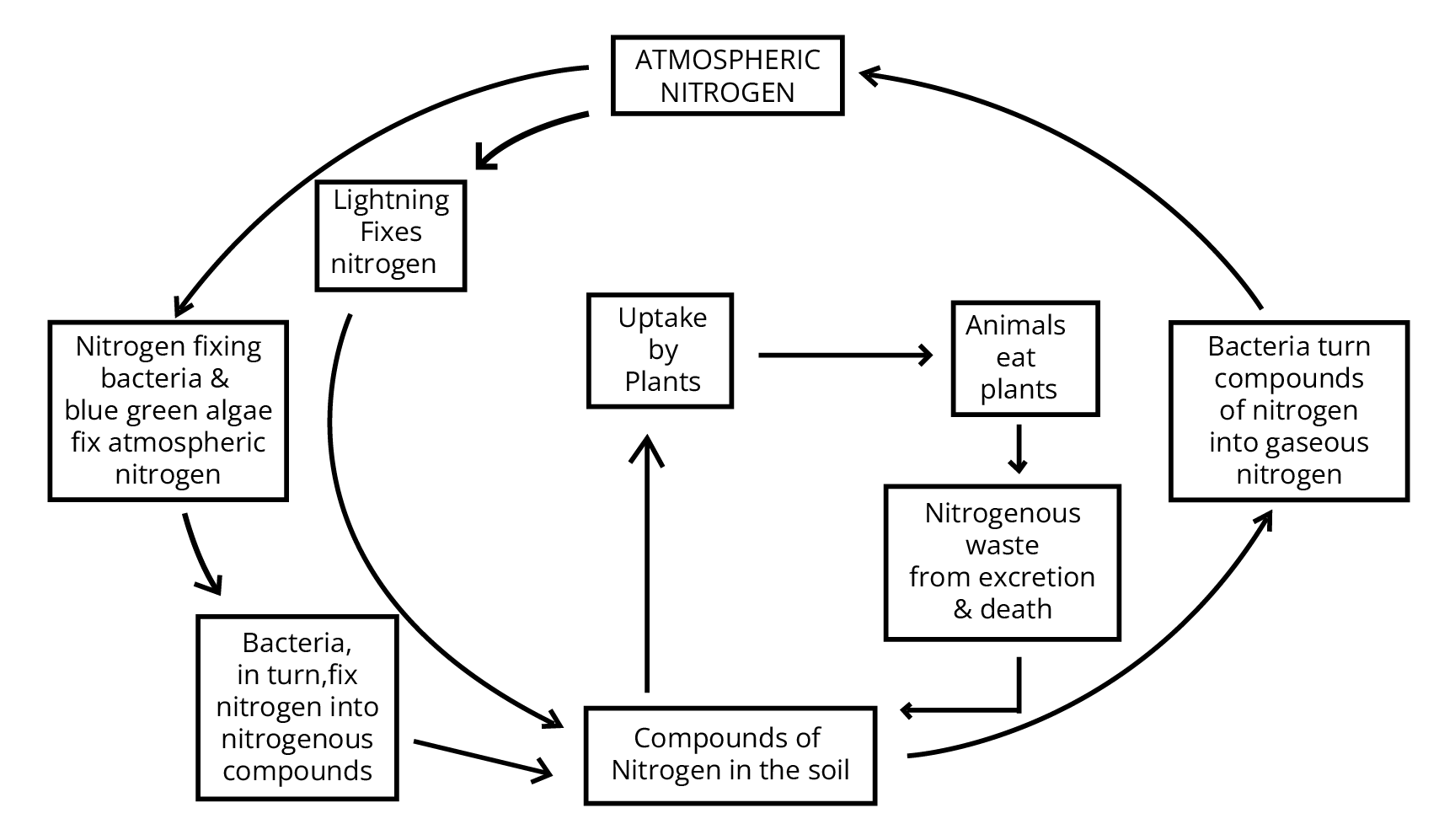Important Questions for CBSE Class 8 Science Chapter 2 - Microorganisms: Friend and Foe - FREE PDF Download
FAQs on CBSE Class 8 Science Important Questions Chapter 2 - Microorganisms: Friend and Foe
1. What are the main types of microorganisms discussed in Class 8 Chapter 2?
Class 8 Chapter 2 covers four main types of microorganisms: bacteria, viruses, fungi, and protozoa. Each type has unique characteristics and plays different roles in the environment.
2. How do important questions help Class 8 students understand microorganisms better?
Important questions guide Class 8 students to focus on key concepts in Chapter 2. By answering these questions, students can clarify their understanding and prepare effectively for exams.
3. What role do microorganisms play in nutrition, as mentioned in Class 8?
Microorganisms play a vital role in nutrition by helping in the digestion of food. Certain bacteria in the human gut break down complex food substances, aiding in nutrient absorption.
4. What are some beneficial effects of microorganisms discussed in Class 8 Chapter 2?
Beneficial effects of microorganisms include their use in making antibiotics, curd, and bread. They also help in decomposing organic matter, enriching the soil with nutrients.
5. What harmful effects of microorganisms are highlighted in Class 8?
Class 8 highlights harmful effects such as diseases caused by bacteria and viruses, including common illnesses like flu and food poisoning. Understanding these effects is important for preventing infections.
6. How do microorganisms contribute to medicine, according to Class 8?
Microorganisms contribute to medicine by producing antibiotics, which are used to treat bacterial infections. They also help in the development of vaccines that protect against various diseases.
7. What is the significance of fermentation as mentioned in Class 8 Chapter 2?
Fermentation is significant because it is a process carried out by microorganisms to produce energy. This process is used in making various food items like yoghourt, bread, and alcoholic beverages.
8. How can students prepare for exams using important questions from Chapter 2?
Students can prepare for exams by practising important questions from Class 8 Chapter 2. This helps them focus on essential concepts and improves their understanding of microorganisms.
9. What methods are used to control harmful microorganisms in Class 8?
Methods to control harmful microorganisms include proper hygiene practices, vaccination, and using disinfectants. These measures help prevent the spread of diseases caused by microbes.
10. What is the role of microorganisms in the environment discussed in Class 8?
Microorganisms play a crucial role in the environment by decomposing organic matter, recycling nutrients, and maintaining soil health. They help support various ecosystems and contribute to ecological balance.
11. How does Vedantu support Class 8 students in learning about microorganisms?
Vedantu provides important questions and NCERT solutions for Class 8 Science, Chapter 2. These resources help students understand the concepts of microorganisms effectively as they prepare for their exams.
12. What are protozoa, and what is their significance in the ecosystem according to Class 8?
Protozoa are single-celled microorganisms that can be beneficial or harmful. They play an important role in food chains, serving as food for larger organisms and helping to decompose organic matter.
13. What resources can Class 8 students access on the Vedantu website for studying Chapter 2?
Class 8 students can access important questions, NCERT solutions, and study materials on the Vedantu website. These resources provide comprehensive support to help them understand microorganisms better.
14. How can I download the Important Question of Chapter 2 of Class 8 Science?
Students of class 8 can download the Important Question of Chapter 2 of Class 8 Science from Vedantu. Vedantu is an excellent choice for students to understand the science concepts of class 8. These important questions are available at free of cost on Vedantu(vedantu.com). It is easy to download the Important Question of Chapter 2 of Class 8 Science for the same. They have to click on the link to download the PDF file and can save the PDF file on their computers to refer to Chapter 2 anytime.























